As security breaches caused by invisible threats continue to occur, consumer awareness and related regulations across regions are being continuously revised.
It is now evident that security can no longer be an afterthought. AI functionality has become deeply integrated into everyday life, and there are more invisible pathways for threats to infiltrate. Given these changes, it’s more important than ever to build robust security frameworks and create systems that notify users of changes, especially for our homes, which are our most personal spaces.
For this reason, Samsung has been working to redefine how digital safety is built into everyday life. As communicated at IFA 2025, the company is making the AI Home a reality, with security as a key pillar. The company’s unique security solutions, including Knox Matrix and Knox Vault, have been applied to a wide range of home appliances, helping create a significantly safer and more secure home environment.
Security Has Long Been a Priority for Samsung
While 2024 marked the first time Samsung formally introduced Samsung Knox for home appliances, the company has been working on embedded security for over a decade. Back in 2011, as Samsung was exploring appliances that could serve as early-stage home controllers, internal research had already begun to find ways to prevent data theft.
According to Changhoon Lee, Head of Security Lab for Digital Appliances Business at Samsung Electronics, real momentum began with the launch of the refrigerator with Family Hub. It integrated services that could store personal data, like schedules on a calendar, and leveraged Samsung account information. It also allowed users to remotely connect and control their refrigerator via SmartThings.
“Back then, IoT was still new, and there was limited awareness of the security challenges associated with IoT devices,” Lee recalls. “It wasn’t easy to get started. We had to consider what standards and security models would be appropriate for home appliances, and it required significant technological investment.”
Coincidentally, this was also when a type of malware that infected IoT devices first emerged. The arrival of malware that targeted connected devices, around the same time that Samsung’s IoT refrigerator released, marked a paradigm shift. It drove him to accelerate security research and development.
The Scope of Security Requirements Is Expanding
While the debut of Family Hub raised awareness about the need for appliance security, the expansion of SmartThings deepened the technical demands.
“There’s simply more to consider,” Lee notes. “With SmartThings, some functions may involve basic data exchange, while others could handle more personal information. For example, the Map View feature allows users to see multiple connected devices at a glance. However, it also means that devices must share data with one another, which increases both the number and complexity of possible use cases.”
“This shifts the focus from securing individual devices to ensuring inter-device security within a connected environment. Looking ahead, as technologies that incorporate AI continue to advance, even more use cases and threats must be anticipated. That’s why it is becoming increasingly important to establish clear security criteria, which decide how security should be applied and how it must be reflected in product design from the outset.”
The evolution of product features has also accelerated the adoption of new security technologies. As devices become more advanced and their capabilities expand, security measures must evolve to meet those new demands.
Over time, Samsung has steadily built up its security technologies and accumulated valuable know-how through a range of experiences. This is why, at a time when security has become a top priority, the company can confidently position it front and centre.
Furthermore, Samsung has achieved significant advancements in security through its mobile business, which is one of the most personal and security-sensitive product categories. Leveraging these technologies, and with a broad portfolio that spans TVs to mobile devices, the company has been able to extend its security innovations across business divisions, establishing a robust protection framework in home appliances.
Abilities Thoroughly Tested and Proven
“The appeal of a smart home lies in how appliances adapt to you and are easy to control,” he added. “But if your personal data is at risk of leaking, you simply can’t feel secure. We’ve been consistently investing in this space for over a decade, and I believe that’s why renowned institutions and government bodies have recognized our efforts.”
In fact, the strength of Samsung’s security system has also been verified with several third-party certifications. As a key example of this, multiple products have been verified at level “Diamond” under UL Solutions Marketing Claim Verification IoT Security Rating Program. To earn this verification, which is the highest level, a product must satisfy 56 detailed criteria, across 33 evaluation items in six core domains.
These criteria cover a wide range of aspects, including software updates, data encryption, and system management. The evaluation is thorough and designed to ensure compatibility with various international security standards, making it one of the most comprehensive certifications available.
To Make Bespoke AI Appliances Prepared for Future Threats
At a recent global conference, Samsung addressed the future of security, introducing Post-Quantum Cryptography (PQC), a new and lesser-known data encryption technology. This type of protection is becoming increasingly necessary because as quantum computing advances, current encryption algorithms may eventually become vulnerable to decryption. To stay ahead of this potential threat, Samsung is implementing PQC within Knox Matrix in home appliances.
While some may question whether it’s too early to be thinking about post-quantum security, Samsung is taking a long-term view to ensure protection is in place for its customers. Home appliances are typically used for around 10 years after purchase. Considering that product lifecycle, Samsung believes it’s critical to prepare now for risks that may become real in the future. That’s the mindset driving its vision for the smart home.
“If you wait until after data starts leaking, it’s already too late. Our mission is to continue enhancing our security technologies so that consumers can always feel safe and secure when using our products,” said Lee.
For more information, please visit: https://news.samsung.com/my/






